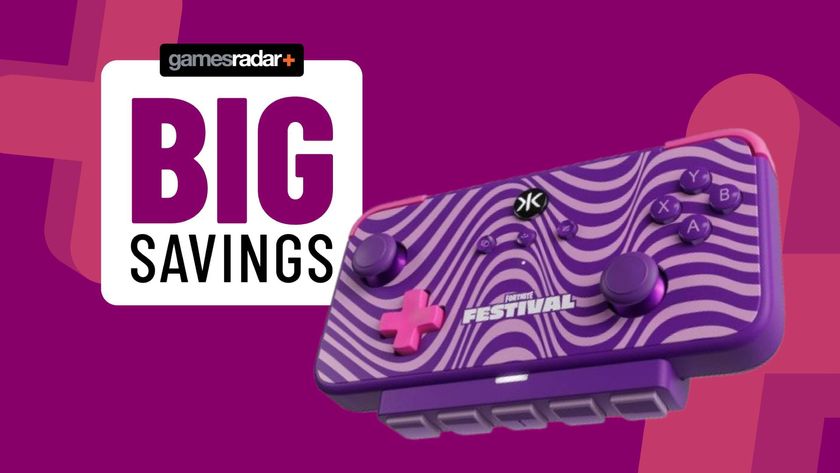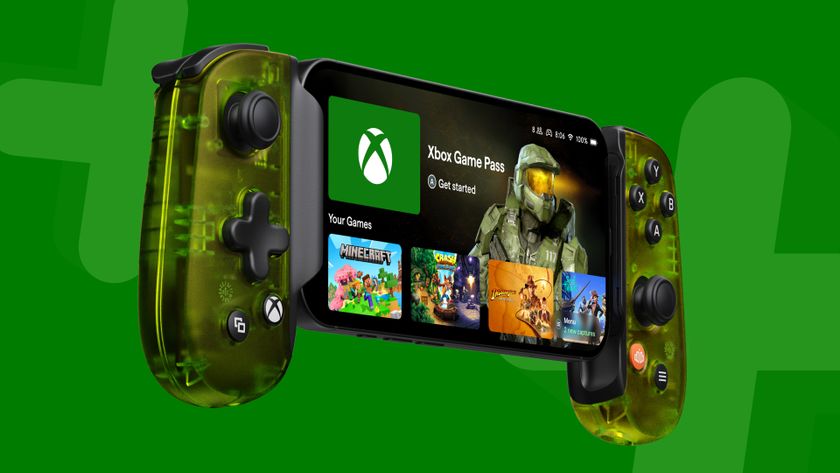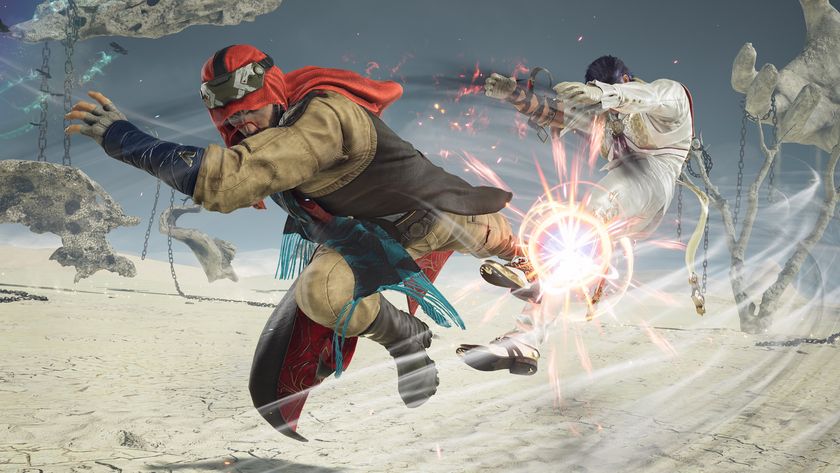Razer Kishi V2 vs Backbone One: which mobile controller should you buy?
Wraparound controllers are proving themselves, but should you buy the Razer Kishi V2 or the Backbone One?
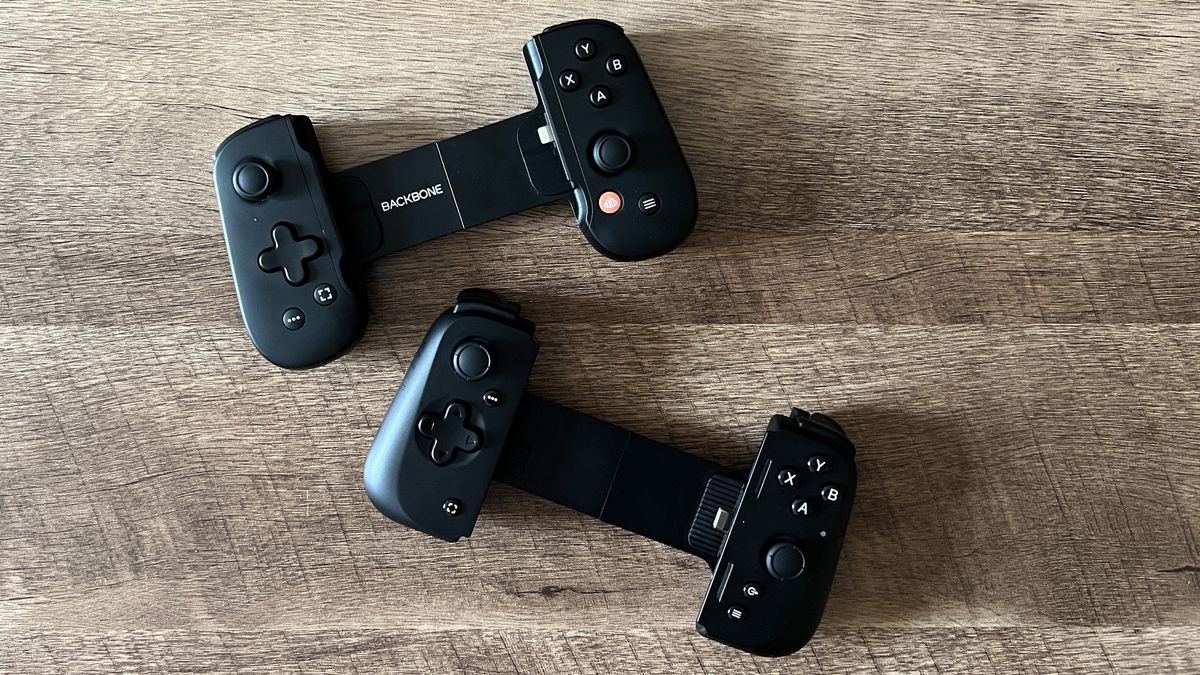
If you're on the hunt for a wraparound mobile controller, you've likely come across two big names. The Razer Kishi V2 and Backbone One may look similar, but under the surface, there are plenty of features, design factors, and compatibility differences to make your decision tricky. We've spent countless hours thumb-tapping with each model, and both are excellent gamepads. However, there are certain use cases in which one makes more sense than the other.
The wraparound design was first introduced back when mobile controllers were just getting started in the big leagues. The Switch-like approach cuts a gamepad in half and positions it on either side of your gaming phone screen, increasing comfort and allowing the controller to be powered by your device.
The Razer Kishi V2 is a relative newcomer, taking up from the original Kishi model this year. However, the Backbone One has been a staple for a couple of years now and has even enjoyed its own official PlayStation release. We've had our hands wrapped around each one, and we're rounding up just what makes these controllers unique right here.
TL;DR: Backbone One vs Razer Kishi V2
Backbone One
- $99.99
- iPhone only
- Extendable bridge design
- Backbone app
- Screenshot and recording button
- Passthrough charging
- 3.5mm headset jack
Razer Kishi V2
- $99.99
- iPhone and Android models available
- Extendable bridge designi
- Razer Nexus app
- Screenshot and recording button
- Passthrough charging
- No headset jack
Backbone One vs Razer Kishi V2: Compatibility
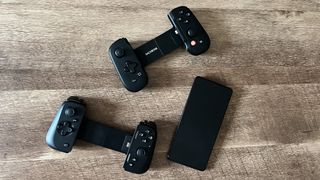
The first thing to get straight, which may well make your decision for you, is that the Backbone One is only compatible with iPhone. If you are an iOS user, though, you'll be able to use the gamepad with a massive range of releases, including larger Pro and Pro Max versions with the use of a free adapter. Not only that, but any iOS game that supports controllers will be compatible with the Backbone One.
The Razer Kishi V2, on the other hand, comes in both iOS and Android compatible models, though software support is a little softer. For example, you won't be able to use it with PlayStation Remote Play on Android, and the supported games list does miss out some heavy-hitters including Call of Duty Mobile and Genshin Impact. If these form a larger part of your roster, it's worth checking out the GameSir X3.
Both controllers have drawbacks in their compatibility, but considering Backbone cuts out half the market, Razer takes this win.
Winner - Razer Kishi V2
Sign up to the 12DOVE Newsletter
Weekly digests, tales from the communities you love, and more
Backbone One vs Razer Kishi V2: Software


There's no doubt about it, the Backbone One offers superior software over the Kishi V2. The official Backbone app offers a slick, intuitive interface to genuinely make your smartphone feel like a console. Keeping all your Xbox (via Microsoft's streaming service), Google Stadia, and iOS titles next to each other streamlines your mobile gaming experience in a way that few other controllers replicate and all in gorgeous high quality. While game chat, groups, and screenshots aren't going to be the deciding factor for some, their smooth implementation is the cherry on top.
By contrast, the Razer Nexus software feels a little clunky. Again, you're able to see your games side by side, but only those loaded in through the Google Play store, and in a strangely low-resolution format. The rest of the main home screen is taken up by recommended games that the Kishi V2 can handle, but this isn't an exhaustive list - you'll still be hunting down compatible titles outside the app.
One of the only things the Razer Nexus app has going for it is the ability to remap your additional M1 and M2 buttons (the Backbone One relies on native iOS settings for this feature), though you can only map them to existing inputs on the controller.
Winner - Backbone One
Backbone One vs Razer Kishi V2: Features


Both the Backbone One and Razer Kishi V2 come stocked with a selection of extra features beyond the traditional face buttons and thumbsticks. However, the selection on offer does differ greatly. This is where you're going to have to make some decisions about what's important to you on a daily basis.
If you're looking for ease of use and a simple plug-and-play experience, the Backbone One is for you. With passthrough charging and a 3.5mm jack for any headset, life is a little easier here. The Razer Kishi V2 supports passthrough charging, but you'll be relying on a wireless gaming headset or gaming earbuds for audio as there is no output.
The Kishi V2, however, also bundles additional remappable buttons, positioned just next to the top bumpers. As mentioned above, however, these can only be configured to an already existing command on the gamepad. They're still helpful for mapping a dodge or for toggling a sprint, though.
The only drop made by the Kishi V2 is with regards to audio, so adding the extra buttons into account, there's better overall functionality with Razer.
Winner - Razer Kishi V2
Backbone One vs Razer Kishi V2: Performance


Neither the Backbone One nor the Razer Kishi V2 ever snagged in our own testing. Both are low-latency gamepads with speedy response times and snappy thumbsticks. There are, however, some significant differences in the overall feel of each device.
While the Razer Kishi V2 offers a snappy, super sensitive set of face buttons, each decked out with microswitches for a particularly satisfying experience. This translates to super-fast gameplay and a nice response to twitch reflexes. If anything, these buttons sometimes feel a little too easy to miss-press, especially during more breakneck moments - an issue that's compounded by the fact that these buttons are placed closer to one another than on the Backbone One.
By contrast, Backbone's face buttons feel heavy and dense. There's still a nice clack to each press and you'll be able to tuck and roll quite easily, but moving from one to the other makes the stiffness here particularly notable. This is even more apparent in the D-Pad. While Razer has opted for lighter mechanical clickers underneath its directional arrows, Backbone's offering is a little clunky by comparison. You're essentially trading sensitivity for a soft, padded landing here, though.
Winner - Razer Kishi V2
Which should you buy?
The Razer Kishi V2 has won out in nearly every category, so it would be tempting to label it the best and move on. However, there are going to be a good number of people for whom the Backbone presents a far better alternative - and it's because of the one category this device has topped: software.
The Backbone One's app is so excellent, that it saves some of its minor feature and performance shortcomings. By contrast, Razer Nexus makes the Kishi V2 experience harder than it needs to be. You can find out which you're better suited to just below.
Should you buy the Backbone One?
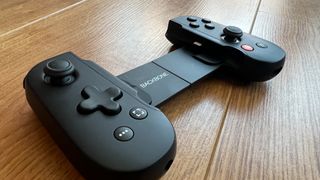
Buy the Backbone One if you:
Want to play on iPhone
Prefer quieter buttons
Want to use a wired headset
Stream games via Xbox or Google Stadia
Who should buy the Razer Kishi V2
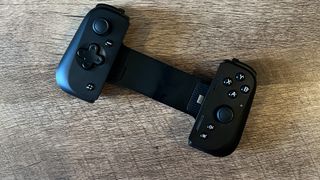
Buy the Razer Kishi V2 if you:
Want to play on Android
Don't use PS Remote Play
Prefer faster buttons
Have a wireless gaming headset
We're also rounding up the best PC controllers if you're after something for your main setup, as well as the best Xbox Series X controllers and Xbox One controllers as well.

Managing Editor of Hardware at 12DOVE, I originally landed in hardware at our sister site TechRadar before moving over to GamesRadar. In between, I've written for Tom’s Guide, Wireframe, The Indie Game Website and That Video Game Blog, covering everything from the PS5 launch to the Apple Pencil. Now, i'm focused on Nintendo Switch, gaming laptops (and the keyboards, headsets and mice that come with them), PS5, and trying to find the perfect projector.
